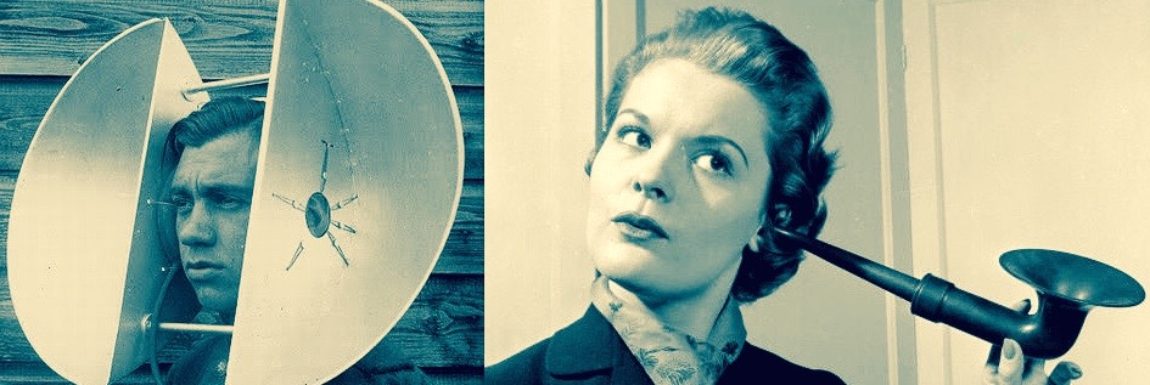
If you are losing your hearing, you couldn’t have picked a better time. I am wearing proof of that: a pair of LiNX 3D hearing aids made by Denmark’s ReSound GN.
They are in effect minicomputers packed with features much like the other top of the line instruments from Starkey and Oticon. (You can click on my reviews of Oticon’s Opn and Starkey’s Halo2)

But a couple of things set the LiNX 3Ds apart and made an astonishing difference from the moment I put them on.
First, the quality of the sound is remarkable. The combination of microphones, amplifiers and speakers delivers clarity across a full range of sound.
The processors orchestrate it all and respond to changing environments. I notice, for example, that when I enter a room where a fan is humming, after a few seconds its sound is muted.
I also noticed that I am able to hear my car radio more clearly now since tire and wind noise are also dampened.
Overall, the LiNX 3Ds do a good job eliminating background sound. The central idea is to focus on human voices and mute as much as possible any extraneous sounds. That’s the so-called signal-to-noise ratio or speech-to-noise ratio.
The more you can eliminate noise and isolate speech, the better the ratio and of course, it becomes easier to understand what people are saying, especially in noisy environments. It’s a difficult trick to do and the LiNX 3Ds are by no means perfect but they come closer than any hearing aids I have tried.

Secondly, there’s the connectivity. The phone app offers a range of options and settings. Among other things it allows the user to make their own adjustments for background noise.
It comes with two standard settings, an “All-Around” for general use and a “Restaurant” setting that automatically lowers the clatter of dishes and the hubbub of conversations at other tables.
You can also tinker with different settings to boost treble or lower bass for example much like you would with a stereo tuner/amplifier. That’s particularly useful if you are listening to music.
The app also connects you directly to your audiologist who is able to make adjustments wherever you are without you having to come into their office. Using the app you request assistance by filling in a short Q&A and adding a comment or two such as “voices sound too soft” and the information is sent to your audiologist.

The audiologist makes the adjustments on their computer and sends the new settings to your hearing aids. This feature shouldn’t put your audiologist out of work since it’s really only for fine tuning and it’s not a replacement for a proper hearing test. As well, your hearing will change over the years, sadly not likely for the better, and you will still need to have face to face consultations.
In fact, Dave Fabry, ReSound GN’s VP of Global Medical Affairs, says this remote adjustment feature will probably strengthen your relationship with your audiologist since it basically keeps you in touch.
All of this is made possible by bluetooth technology which connects your hearing aids to your phone and the internet beyond. It’s a technology that has only begun to deliver on its promise.
Fabry foresees a day when, “You walk into a lecture hall, a cinema or a live theatre and receive a message asking if you want to “pair” with the venue’s sound system. That would allow you to put a lecturer’s mike, the movie’s soundtrack or the actors’ voices directly into your hearing aids”.
But right here, right now the LiNX 3D is as good as it gets.
Finally, it’s important to note that everyone’s hearing loss is different. Hearing aids all differ in price and performance. What works for me may not work for you. The best advice is to consult your audiologist, and don’t be afraid to ask if you can take a pair or two out for a test drive.
For an overview of hearing aid manufactures, check out my guide to “The Big Six”.


Thanks for this wonderful website!
I’m getting ready to purchase new hearing aids and was hoping you could help to guide me in the right direction. I have a severe to profound high frequency hearing loss. I’m looking at Oticon’s Opn, but just saw your post on the Linx 3d. Which one do you think would be better? I also considered phonax recharge ables. I have just a mild loss in low frequency.
Thanks,
Lisa
Hi Lisa, Thanks for the kind words. I have a similar loss. Having tried both the Opn and the Linx 3D it’s hard for me to recommend one over the other. Both are remarkable pieces of technology and both come with very useful phone apps. And of course both are very expensive. With such a big investment I would suggest you test drive both. Most audiologists will let you try them out for 30 days. Everyone’s ears and loss is different so I think you should see which one works the best for you. I have not tried the comparable Phonax models so I can’t offer an opinion. Best of luck, and I would be curious to know which you decide upon.
– Digby